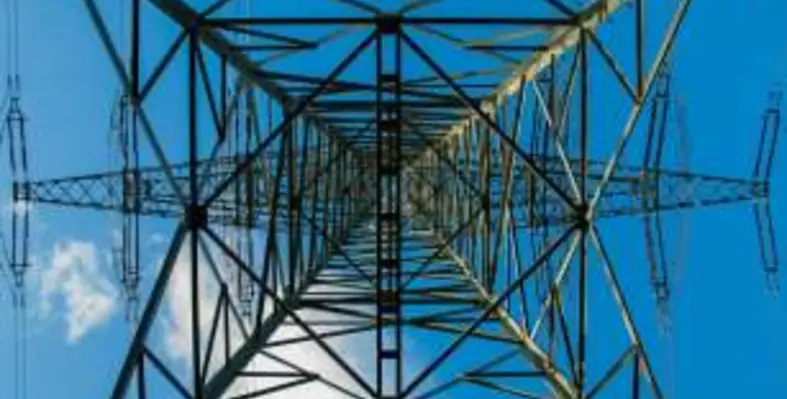The African Development Bank (AfDB) has approved a US$121mn loan and grant to assist the government in improving electricity access for businesses and in rural households
According to AfDB, the move is expected to enhance economic growth in several parts of rural Uganda. The grant, which is worth US$11.5mn, has been mobilised from the Sustainable Energy for All window of the EU-Africa Infrastructure Trust Fund.
AfDB director of energy, environment and climate change department Alex Rugamba said, “The development of sustainable energy infrastructure to address key constraints hindering economic transformation is central to AfDB’s work in the region. This project financed in partnership with the EU will advance implementation of the government-led, sector-wide approach and ongoing harmonisation process in Uganda’s energy sector to drive economic development and improve livelihoods of rural Ugandans.”
Uganda lacks proper access to electricity - only 14 per cent of the national population has access to power, so the government has taken up several initiatives such as Vision 2040 (to achieve 80 per cent electrification rate by 2040), five-year National Development Plan (30 per cent access by 2019-2020) and the 10-year Rural Electrification Strategy and Plan (RESP-2, which targets to increase current electricity access to 26 per cent by 2022).
Specifically, the Uganda Rural Electricity Access Project, financed by the AfDB, will include the development of 1,147 km of medium voltage, and 808 km of low voltage distribution networks. Last-mile connections for more than 58,206 households, 5,320 rural business centres and 1,474 rural public institutions will be established.
AfDB will also support the scaling-up of “inclusive and green” connections by supplying and installing ready-boards for those who cannot afford household wiring and allowing households to pay connection charges in instalments to intensify connections for more than 99,000 new customers near the existing grid in electrified rural and urban areas.






